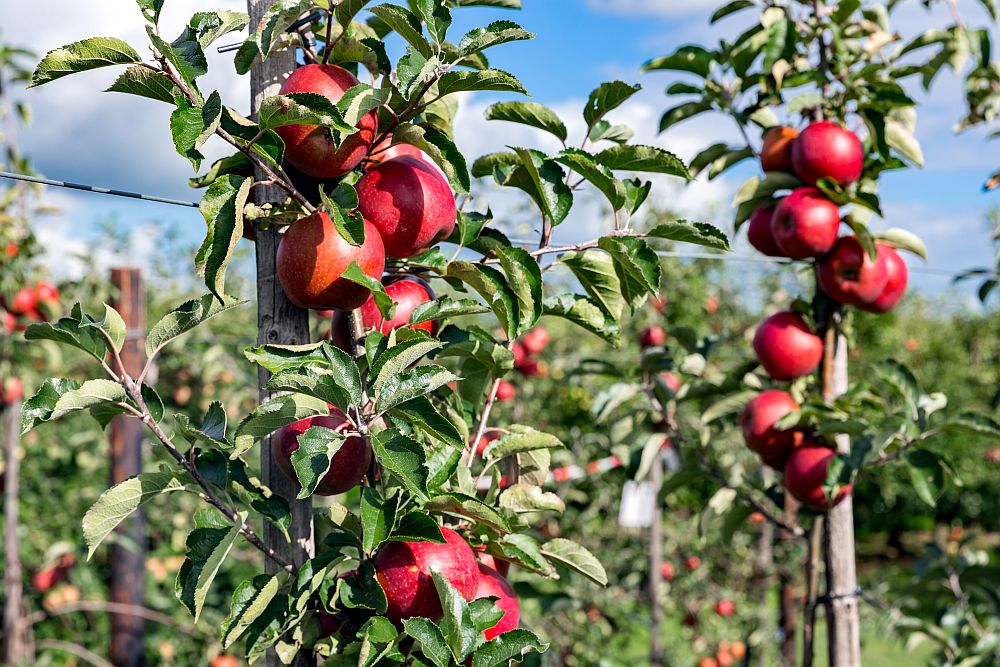
[Image above] Assistant professor of engineering Rahul Vaish has published 150 articles, some of them in ACerS journals. Learn about two of his studies published in International Journal of Applied Glass Science and International Journal of Applied Ceramic Technology. Credit: PxHere
Following up on a CTT post from last month, I decided to learn more about Rahul Vaish, the lead researcher for the interesting work on glass-ceramics for environmental and energy applications.
Vaish serves currently as assistant professor of engineering at the Indian Institute of Technology, Mandi. He has held this position since 2011, shortly after receiving his Ph.D. from the Indian Institute of Science in Bangalore.
In the rather short time period during his studies and professorship, Vaish has published 150 articles in indexed journals, including three of the four ACerS journals. An indicator of the quality of his work, the h-index for Vaish is an impressive 27. (The h-index is typically on the order of 16 for a professor in their eighth year of research leadership.)
We are very proud that this energetic young researcher has chosen to publish in our journals. In today’s CTT, I take a look at two other articles he published through ACerS, in International Journal of Applied Glass Science and International Journal of Applied Ceramic Technology.
Antibacterial potential of TiO2‐based glass‐ceramics
Given the recent spate of water-borne bacterial illnesses such as E. coli found in lettuce grown in the United States and elsewhere, the work of Vaish and colleagues on photocatalytic antibacterial glass-ceramics is very timely and important. As it turns out, Vaish and colleagues have published even more on this topic than reported previously.
In their article published in the International Journal of Applied Glass Science, the researchers show that barium–titanium–boron oxide (BTBO) can remediate over 98% of E. coli in disk diffusion experiments.
They explain that the titanium dioxide, especially when activated by light, creates reactive oxidation species (free-radicals) that disrupt the cell membranes, inhibit cell metabolism, and damage cell DNA. These biochemical changes simultaneously prevent cell reproduction and promote death of existing bacteria.

Typical image of E. coli suspension of bacteria in test tubes with and without crystallized glass under 2-hour sunlight exposure and then after 24-hour incubation. Credit: Kumar et al., International Journal of Applied Glass Science/Wiley
The paper, published in International Journal of Applied Glass Science, is “Solar light induced antibacterial performance of TiO2 crystallized glass ceramics” (DOI: 10.1111/ijag.12355).
Lead-free pyroelectric materials
In addition to researching photocatalytic glass-ceramics for water purification, Vaish and his colleagues have investigated lead-free piezoelectric, pyroelectric, and ferroelectric materials for energy harvesting. One such investigation, reported in an International Journal of Applied Ceramic Technology article, explores the pyroelectric performance of tin-doped barium titanate.
Pyroelectricity is the generation of electric energy by heating a material. Pyroelectric materials have applications in sensors, thermoelectrics, and thermal imaging.
The authors found that by replacing 5% of the titanium with tin, the resulting material has pyroelectric performance about 75% of that for lead zirconia titanate (PZT), and without the harmful lead. Thus, their material shows promise for lead-free pyroelectric devices.
The paper, published in International Journal of Applied Ceramic Technology, is “Pyroelectric performance of BaTi1‐xSnxO3 ceramics” (DOI: 10.1111/ijag.12814).
Author
Jonathon Foreman
CTT Categories
- Energy
- Environment


